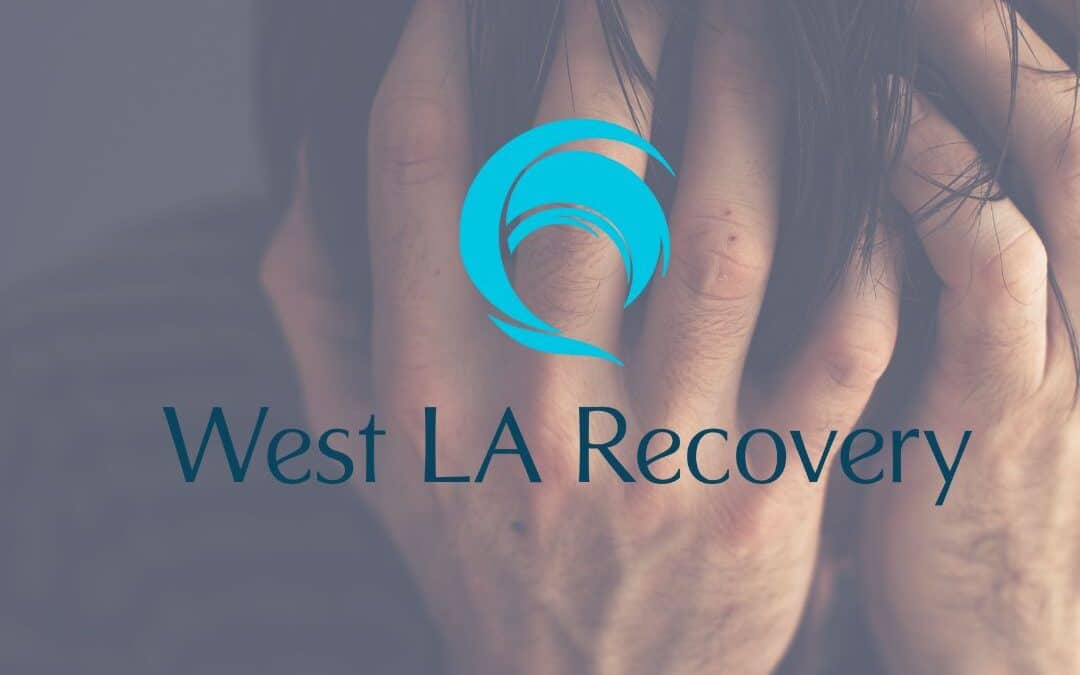Percocet is a prescription pain medication often used to treat moderate to severe pain. It combines oxycodone, a powerful opioid pain reliever, with acetaminophen, a pain reliever and fever reducer. While Percocet can be an effective tool for managing pain, there’s a significant risk of developing Percocet and opioid addiction.
This article explores the link between Percocet and opioid addiction, delving into the addictive properties of the drug,the signs and symptoms of addiction, and the path to recovery.
The Allure and Danger of Percocet
Percocet works by binding to opioid receptors in the brain, thereby reducing the perception of pain and producing feelings of euphoria. As a result, this euphoric effect is what makes Percocet and other opioids potentially addictive. Furthermore, people who take Percocet for an extended period may develop a tolerance, requiring higher doses to achieve the same pain-relieving or euphoric effects. Consequently, this can lead to dependence, where the body relies on the drug to function normally.
Addiction goes beyond dependence. It involves a compulsive drug-seeking behavior, even in the face of negative consequences. People struggling with Percocet and opioid addiction may prioritize obtaining and using the drug over work, relationships, and their overall well-being.
Signs and Symptoms of Percocet and Opioid Addiction
If you’re concerned about yourself or someone you know potentially developing Percocet and opioid addiction, be aware of these warning signs:
- Increased use of Percocet: Taking Percocet in higher doses or for longer than prescribed.
- Doctor shopping: Obtaining Percocet prescriptions from multiple doctors without disclosing existing prescriptions.
- Preoccupation with obtaining Percocet: Spending a significant amount of time obtaining the drug, even resorting to stealing or forging prescriptions.
- Neglecting responsibilities: Work, school, or social obligations are neglected due to Percocet use.
- Changes in behavior: Isolation, mood swings, irritability, or secretive behavior can indicate addiction.
- Tolerance and withdrawal symptoms: Needing higher doses for pain relief and experiencing withdrawal symptoms like nausea, vomiting, anxiety, and insomnia when trying to stop taking Percocet.
It’s important to note that these signs can also be indicative of other conditions. If you suspect Percocet and opioid addiction, seeking professional help from a qualified addiction specialist is crucial.
Breaking Free From Percocet and Opioid Addiction
Fortunately, there is hope for those struggling with Percocet and opioid addiction. To this end, a comprehensive treatment program can help individuals achieve long-term recovery. Here are some key steps involved:
- Detoxification: This initial phase involves medically supervised withdrawal from Percocet. Medication-assisted treatment (MAT) using medications like methadone, buprenorphine, or naltrexone can help manage withdrawal symptoms and reduce cravings.
- Behavioral Therapy: Addiction is often rooted in underlying emotional or psychological issues. Individual and group therapy sessions can help individuals identify triggers, develop coping mechanisms, and address the root causes of their addiction.
- Support Groups: Connecting with others who share similar experiences can be invaluable in recovery. Support groups provide a safe space to share experiences, find encouragement, and build a support network.
West LA Recovery offers a variety of evidence-based treatment programs specifically designed to address Percocet and opioid addiction. Our compassionate and experienced team provides a supportive environment to help individuals achieve lasting recovery.
The Impact of Percocet and Opioid Addiction on Individuals and Society
Percocet and opioid addiction not only devastate individuals but also have far-reaching consequences for families,communities, and society as a whole. Understanding the broader impact of this crisis is crucial in developing effective prevention and treatment strategies.
The Human Toll of Percocet and Opioid Addiction
Beyond the physical and psychological ravages inflicted upon individuals, Percocet and opioid addiction cast a long shadow over personal and familial relationships. As addiction deepens its grip, individuals often find themselves increasingly isolated, their social circles shrinking as they become consumed by the relentless pursuit of their next fix.The once vibrant tapestry of friendships and familial bonds is gradually frayed, leaving behind a trail of broken connections and emotional devastation.
Financial stability, a cornerstone of many lives, is perilously undermined by the exorbitant costs associated with opioid addiction. The insatiable demand for drugs diverts precious resources away from essential needs, leading to financial ruin and economic instability. Moreover, the loss of employment due to addiction’s debilitating effects compounds the financial hardship, creating a vicious cycle of poverty and despair.
Legal troubles often loom large for those ensnared in the clutches of opioid addiction. The illegal nature of these substances increases the risk of arrests for possession, distribution, or related crimes. The consequences can be far-reaching, including incarceration, loss of employment, and damage to reputation, further exacerbating the challenges faced by individuals and their families.
The emotional toll on families is immeasurable. Loved ones of those struggling with addiction are often caught in a whirlwind of conflicting emotions, grappling with feelings of guilt, anger, and helplessness. The constant worry and uncertainty surrounding their loved one’s well-being can be overwhelming, leading to emotional exhaustion and strained relationships. The financial burden of supporting an addicted family member, coupled with the emotional turmoil, can create a perfect storm of stress and despair.
The Economic Burden of Percocet and Opioid Addiction
The economic impact of Percocet and opioid addiction is substantial. Healthcare costs for treating addiction and overdose-related complications place a significant burden on the healthcare system. Lost productivity due to addiction and related criminal activity further strains the economy. Additionally, the costs associated with law enforcement,incarceration, and rehabilitation programs contribute to the overall economic burden.
The Role of Prevention and Education
Preventing Percocet and opioid addiction is essential in mitigating its devastating effects. Therefore, education plays a crucial role in raising awareness about the risks associated with opioid misuse. Consequently, schools, healthcare providers, and community organizations can implement comprehensive programs to educate young people about the dangers of prescription drug abuse and the importance of responsible medication use.
These educational programs should go beyond simply listing the dangers of opioids. They should equip young people with the knowledge and skills to make informed decisions about their health. This includes fostering critical thinking skills to evaluate information about medications and pain management options. Additionally, programs should promote healthy coping mechanisms for dealing with stress and pain, reducing the likelihood of seeking relief through prescription drugs.
Furthermore, healthcare providers have a vital role to play in preventing opioid addiction. By carefully evaluating the need for opioid prescriptions and discussing potential risks and benefits with patients, doctors can help ensure these powerful medications are used appropriately.
It’s also crucial to address the root causes of opioid misuse. Sometimes, chronic pain or mental health conditions can lead individuals to seek relief through opioids. By providing accessible and effective treatment options for these underlying conditions, we can reduce the risk of opioid dependence.
In conclusion, a multifaceted approach that combines education, responsible prescribing practices, and treatment for underlying conditions is essential to prevent Percocet and opioid addiction.
Seeking Help is a Sign of Strength
If you are struggling with addiction, please know that you are not alone. Help is available, and recovery is possible. Contact West LA Recovery today for a confidential consultation. We are here to listen, understand, and guide you on your path to healing. Moreover, our compassionate team provides personalized care and evidence-based treatment programs to support your recovery journey. Together, we can overcome this and build a brighter future.
Don’t wait. Take the first step towards a healthier life by reaching out to West LA Recovery today.
Conclusion
Percocet and opioid addiction is a complex issue with far-reaching consequences. Therefore, by understanding the link between Percocet and opioid addiction, recognizing the signs and symptoms, and seeking appropriate treatment, individuals and communities can work together to overcome this crisis.
Remember: Recovery is possible. With the right support and treatment, individuals can reclaim their lives and build a brighter future.
Resources for Further Information
For more information on Percocet and opioid addiction, you can visit these resources:
- The National Institute on Drug Abuse: Understanding Drug Use and Addiction
- The National Institute on Drug Abuse: Prescription Opioid DrugFacts
- The Substance Abuse and Mental Health Services Administration (SAMHSA): Find Help







